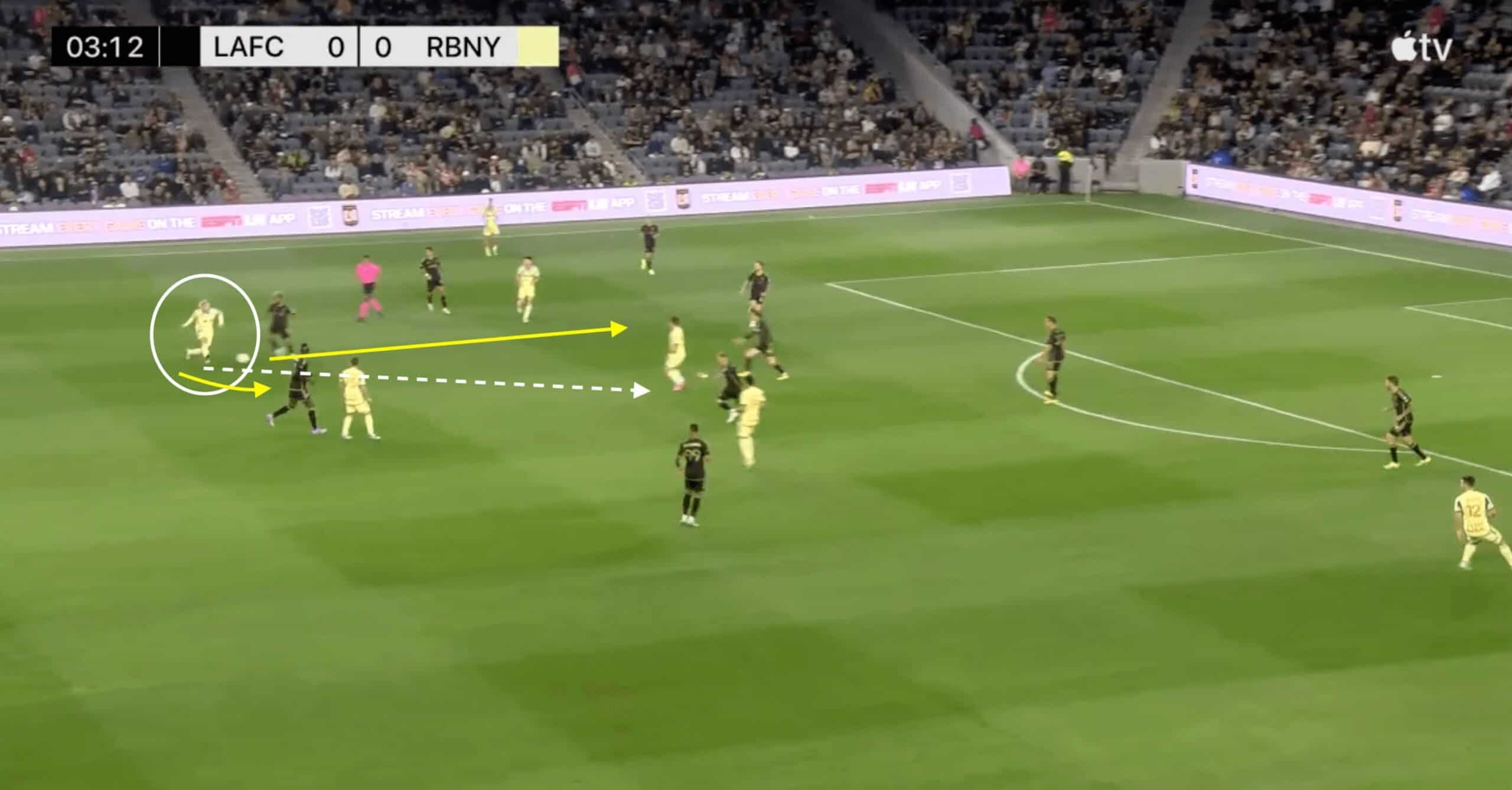Football, like any competitive sport, involves a balance between risk and reward. Coaches must make strategic decisions that weigh the potential benefits of aggressive tactics against the inherent risks of leaving themselves vulnerable to counterattacks. In this article, we’ll explore how risk management plays a crucial role in football tactics and analyze the odds coaches face when making strategic decisions on the field.
Risk management in football extends beyond individual plays to encompass broader strategic considerations throughout a match. Coaches must assess factors such as the current score, time remaining, player fitness, and opponent’s strengths and weaknesses to determine the optimal balance between offensive pressure and defensive stability. This delicate balancing act requires foresight, adaptability, and a keen understanding of the game’s dynamics, as coaches strive to maximize their team’s chances of success while minimizing potential pitfalls. Additionally, just as coaches aim to secure victories on the field, players and teams alike seek security and fairness in the realm of online gambling through secure casinos that prioritize player safety and privacy.
Understanding Risk in Football Tactics
Risk in football tactics refers to the likelihood of a particular strategy succeeding or failing based on various factors such as player positioning, opponent strength, and game context. Coaches must assess the risk associated with different tactical approaches and determine the optimal balance between attacking and defensive play.
Moreover, the assessment of risk in football tactics is not solely based on objective factors but also influenced by subjective factors such as the coach’s philosophy, the team’s style of play, and the players’ individual abilities. Coaches often rely on their intuition and experience to gauge the potential outcomes of their decisions, weighing the calculated risks against the potential rewards. This blend of analytical reasoning and intuition is crucial in navigating the complexities of football tactics and achieving success on the field.
High-Pressing Tactics
High-pressing tactics involve putting pressure on the opposing team’s players high up the pitch, aiming to win back possession quickly and create scoring opportunities. While high-pressing can be effective in disrupting the opponent’s build-up play and forcing turnovers, it also leaves the defending team vulnerable to counterattacks if the press is broken.
The success of high-pressing tactics often hinges on the coordination and discipline of the entire team. Effective pressing requires players to anticipate passing lanes, communicate seamlessly, and maintain compactness to minimize gaps that opponents can exploit. Additionally, high-pressing tactics are most successful when executed with intensity and aggression, as passive pressing can allow opponents to bypass the press and exploit spaces behind the defensive line. Therefore, coaches must carefully balance the risks and rewards of high-pressing tactics based on their team’s capabilities and the characteristics of their opponents.
Counterattacking Football
Counterattacking football relies on quick transitions from defense to attack, exploiting gaps left by the opposing team when they commit players forward. While counterattacking can catch opponents off guard and lead to goal-scoring opportunities, it requires precise timing and execution to avoid being caught out of position defensively.
Moreover, successful counterattacking teams excel not only in their ability to capitalize on turnovers but also in their defensive organization and discipline. Players must maintain awareness of their defensive responsibilities even when pushing forward on the counter, ensuring they can quickly transition back into a solid defensive shape if possession is lost. Additionally, effective counterattacking teams often possess pacey and skillful attackers who can exploit space behind the opponent’s defensive line, as well as midfielders capable of delivering incisive passes to initiate swift counterattacks. As such, mastering the art of counterattacking requires a combination of tactical awareness, technical proficiency, and strategic decision-making, making it a potent weapon in the arsenal of any football team.
Conclusion
In conclusion, risk management is a critical aspect of football tactics, influencing the decisions coaches make on the field. Whether employing high-pressing tactics to disrupt opponents, parking the bus to defend a lead, or relying on counterattacks to exploit gaps, coaches must carefully weigh the risks and rewards of different strategies. By understanding the odds of the game and making informed decisions, coaches can maximize their team’s chances of success on the football pitch.
The complexity of risk management in football lies in the constant need for adaptation and anticipation. Coaches must not only assess the immediate risks and rewards of their decisions but also consider the long-term implications for the team’s performance and overall strategy. This requires a deep understanding of both the game itself and the specific capabilities and dynamics of their own team and opponents.
- Psychological Factors: Coaches must also consider the psychological impact of their decisions on players, as overly cautious tactics may breed complacency while overly aggressive approaches could lead to anxiety and mistakes.
- Game Situation: Each moment in a football match presents unique challenges and opportunities, requiring coaches to dynamically adjust their risk management strategies based on the evolving circumstances on the field.
- Managerial Style: Different coaches may have varying approaches to risk management, with some favoring conservative tactics to minimize mistakes while others embrace calculated risks to seize opportunities for victory.
- Player Development: Risk management in football extends beyond immediate match tactics to encompass long-term player development strategies, as coaches must balance the need for short-term success with the goal of nurturing talent and building a sustainable team for the future.





Comments